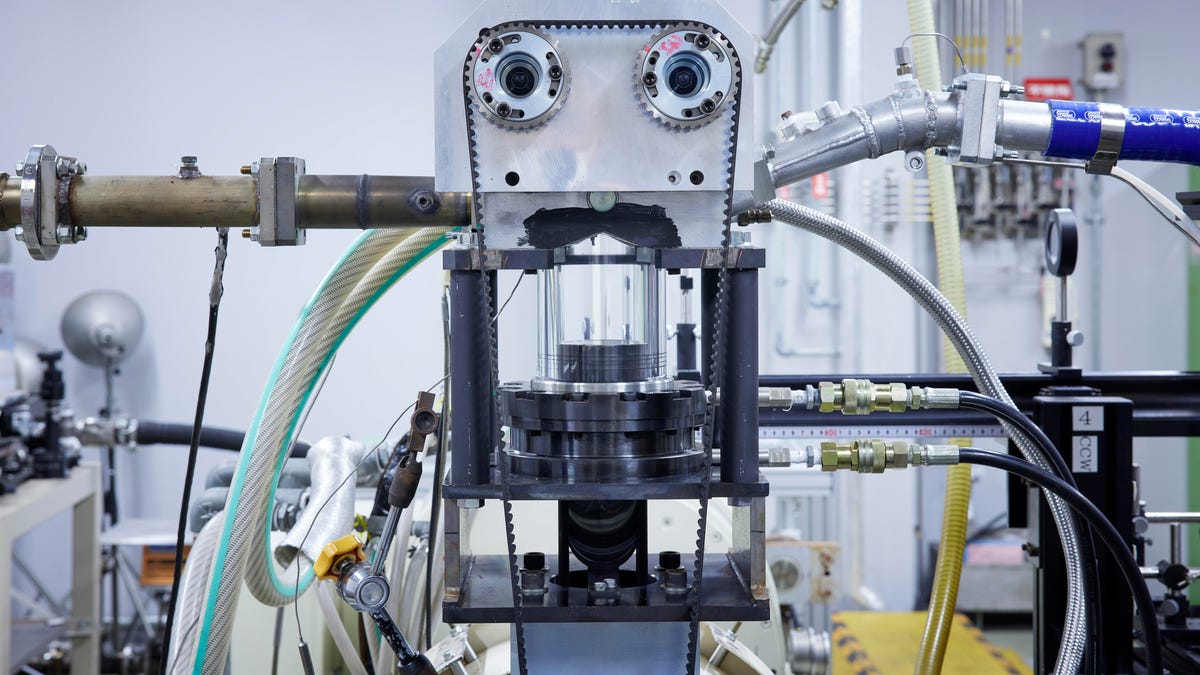Nissan claims it's made a more thermally efficient gas engine, but there's a catch
The engine isn't a normal car engine, and instead powers a generator in its E-Power cars.

Needless to say, Nissan's 50% thermally efficient test engine is a little unconventional.
One of the cool things about gasoline is that it's an incredibly energy-dense fuel. We're talking around 100 times more energy-dense than a lithium-ion battery. The problem is that gasoline engines aren't very efficient, so most of that stored chemical energy is lost as heat, which, along with the emissions created when you burn gasoline, means that gasoline engines leave a lot of room for improvement.
Now, engines have gotten significantly more efficient over the past few decades, including in the thermal department. Most modern gasoline engines have a thermal efficiency of around 40%. That means that 40% of the energy created when its fuel is burned gets turned into motion. According to a report published Friday by Reuters, Nissan thinks it's found a way to increase that number to 50%.
If increasing an engine's thermal efficiency is so tough, how did Nissan manage to do it? Well, to start, the engine that is purported to have done it is a little different than your typical passenger car engine. Instead of driving the car's wheels through a transmission, Nissan's E-Power system uses its gasoline engine to charge a battery, which powers the wheels via electric motors.
Because the load on the engine is more or less constant, since it's powering a generator, Nissan can tune said engine more aggressively to work better in a narrower set of situations. This allows the engine to run a much more lean (more air, less fuel) mixture at a much higher compression ratio. This is accomplished by more aggressively forcing the combined fuel and air mixture into the cylinder and using a much stronger spark to ignite it.
It's all part of a system that Nissan calls STARC, or "strong, tumble and appropriately stretched robust ignition channel." This, along with a more traditional exhaust gas recirculation system, allowed Nissan to hit 46% thermal efficiency in its testing. It made up the last 4% by using "waste heat recovery technologies," though it's unclear what those are exactly. We reached out for clarification, but didn't hear back in time for publication.
Nissan's E-Power was introduced back in 2016, and while it hasn't made it to the US yet, we'd be surprised if it didn't do so at some point.

